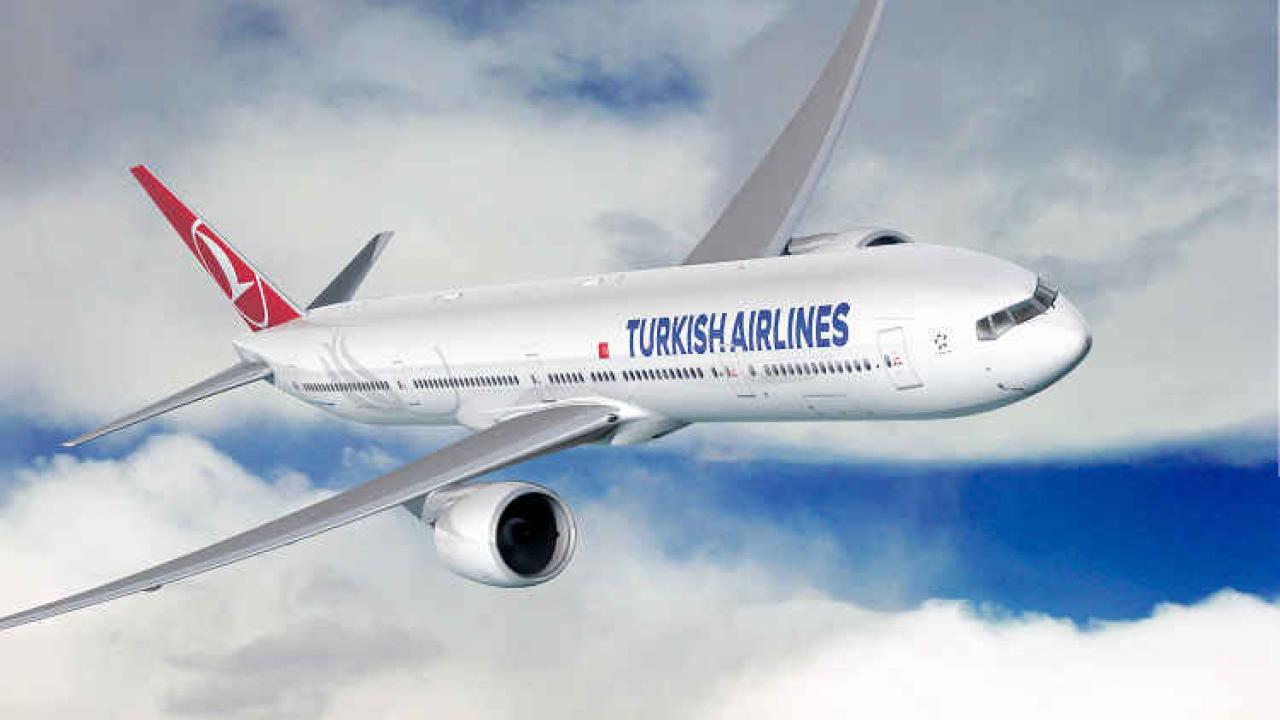Turkish Airlines and Turkish Cargo perform well amid pandemic

Image: Turkish Airlines
The airline was also able to maintain its robust route network. According to Eurocontrol, in April 2021 Turkish Airlines operated an average of 685 flights per day – almost double the number of the closest competitor in Europe, Lufthansa. In 2020, Turkish Airlines flew 28 million passengers, with an impressive load factor of 71%. Currently, the airline serves 179 international destinations with 16 intercountry and 58 intercontinental flights. The new Istanbul Airport also stayed on top: even with a 68% loss of traffic, it was still Europe’s most successful airport as of March 2021, with 616 departing and arriving flights.
Turkish Airlines achieved such performance without relying on any governmental cash injections. Furthermore, agreements with Boeing and Airbus on fleet growth will further decrease the aircraft financing needs of Turkish Airlines by around 7 billion USD in the coming years.
“Our success as the best performing flag-carrier airline in Europe is not coincidental. Apart from the multiple measures we took, we owe this success to our dedicated staff. While other airlines faced layoffs, we did not part ways with any of our colleagues during this process. Instead everyone within Turkish Airlines accepted salary cuts from up to 50% depending on the role and responsibilities. The exceptional sense of unity within our staff is what sets Turkish Airlines apart: together as a family, we decided that no member of the Turkish Airlines family would be left behind during this crisis,” said Turkish Airlines’ Chairman of the Board and the Executive Committee, M. İlker Aycı.
Stay up to date
Subscribe to the free Times Aerospace newsletter and receive the latest content every week. We'll never share your email address.

